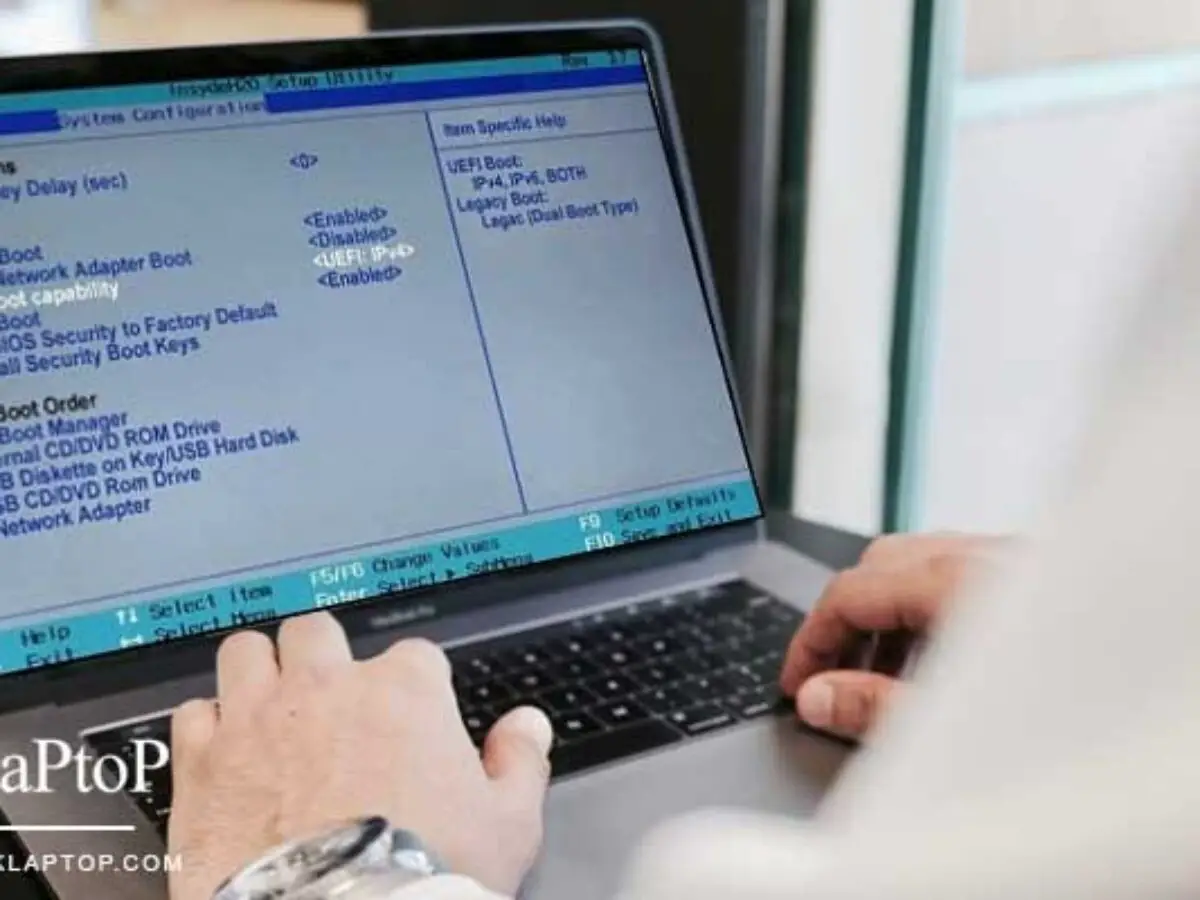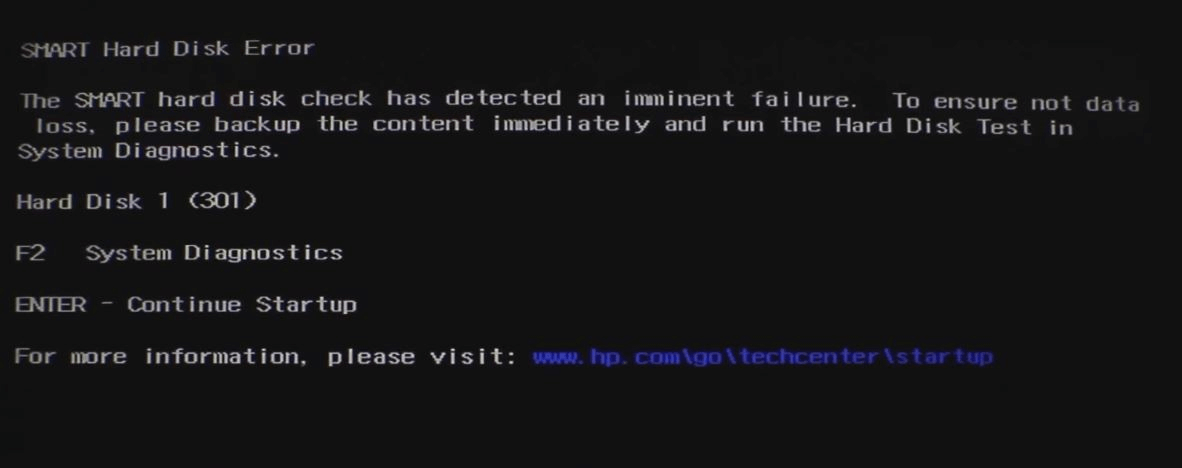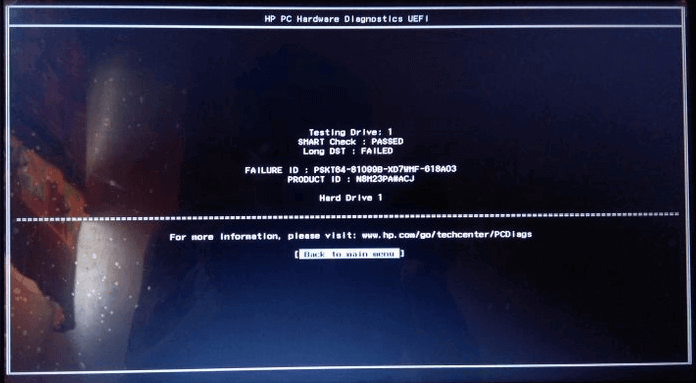

When you try to access the data from the hard drive or USB device, you see the following USB Device Not Recognized error message: This happen when the USB port did not recognize the external USB drives. These USB drives are portable and easy to handle, but sometimes you might face the Hard disk not detected a problem with Windows PC.

are the easy way to store and transfer data from one computer to another. Linux users can use the fdisk command to see their partition and drive information.USB devices like Hard Drives, Pen drives, and Memory Card, etc. You can also view all drives through the Finder application.

Change drive letterĬhange the drive to an alternate drive letter to determine if a drive is available and ready if no error message is received. Below are different recommendations for viewing drives. Unfortunately, there is no easy way to list all available drives on the computer through the MS-DOS prompt with one command. Other Windows command line and MS-DOS version users See our wmic command page for further information and examples on this command.Or, for a little more information, such as volume size, use this command: wmic logicaldisk list brief At the prompt, type the following command. If you're using Windows Vista, 7, 8, 10, or 11, use the wmic command at the Windows command line to view available drives on the computer.

See drives in MS-DOS and the Windows command line Windows Vista and later command line users If you're going to open the CD drive, click the D: CD-ROM drive icon. If you want to move to the floppy disk drive, click the A: drive icon. In the File Manager, click the drive icons shown above the folder and files. Windows 3.0, 3.1, and 3.11 users can open drives through the Windows File Manager. If the drive AutoPlays the disc, right-click the drive, and click Explore.


 0 kommentar(er)
0 kommentar(er)
